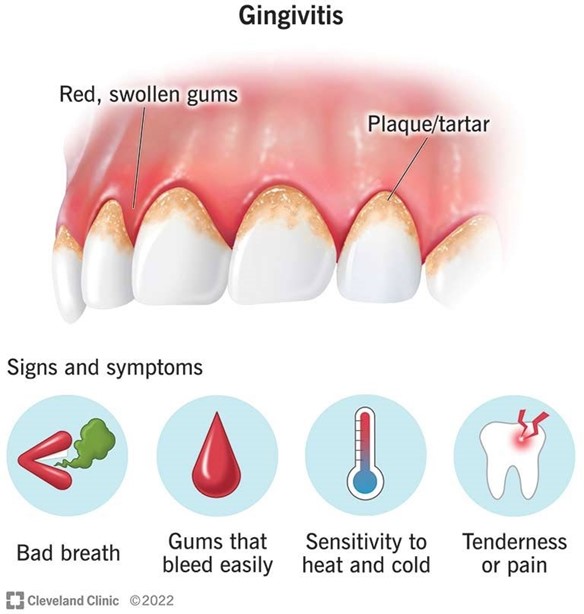A nurse is caring for a client with a specific phobia.
Which statement by the nurse is accurate regarding phobias?
"Phobias are characterized by persistent and irrational fear.".
"Phobias can be caused by biological factors only.".
"Phobias can be diagnosed based on physical symptoms.".
"Phobias can be managed with medication alone.".
The Correct Answer is A
Choice A rationale:
"Phobias are characterized by persistent and irrational fear" (Choice A) is an accurate statement. Phobias are defined by the presence of an intense and irrational fear of a specific object or situation. This fear is persistent and often leads to avoidance behaviors, which can significantly impact the individual's daily life.
Choice B rationale:
"Phobias can be caused by biological factors only" (Choice B) is an inaccurate statement. Phobias can have various causes, including both biological and psychological factors. While there may be genetic predispositions to certain phobias, psychological factors, such as traumatic experiences or learned behaviors, can also contribute to the development of phobias.
Choice C rationale:
"Phobias can be diagnosed based on physical symptoms" (Choice C) is an inaccurate statement. Phobias are typically diagnosed based on the individual's reported symptoms, such as intense fear and avoidance behaviors. There are no specific physical symptoms that directly indicate the presence of a phobia.
Choice D rationale:
"Phobias can be managed with medication alone" (Choice D) is an inaccurate statement. Medication alone is not considered the primary treatment for phobias. While medications like selective serotonin reuptake inhibitors (SSRIs) or benzodiazepines may be prescribed to alleviate anxiety symptoms, the most effective treatment for phobias is psychotherapy, particularly exposure therapy or cognitive-behavioral therapy. These therapies address the root causes of the phobia and help individuals learn to manage their fear.
Nursing Test Bank
Naxlex Comprehensive Predictor Exams
Related Questions
Correct Answer is A
Explanation
a) Suggest an increase in fruits and vegetables is more beneficial.
In this scenario, the dentist is increasing the amount of dairy products in her diet with the aim of reducing the risk of gingivitis due to her family history of cancer. However, the practical nurse (PN) should respond by suggesting that an increase in fruits and vegetables would be more beneficial.
Fruits and vegetables are rich in essential vitamins, minerals, and antioxidants, which can help support overall oral health and reduce the risk of gingivitis. They provide a wide range of nutrients that are important for maintaining healthy gums and teeth.
While dairy products can contribute to overall dental health due to their calcium content, they should not be solely relied upon as the primary means of preventing gingivitis or reducing the risk of cancer. A well- rounded and balanced diet, including plenty of fruits and vegetables, is essential for optimal oral health.
Options b, c, and d are not directly related to the dentist's concern about gingivitis and the increased consumption of dairy products. Encouraging exercise (option b) is generally beneficial for overall health, but it does not specifically address gingivitis. Reminding the client to ensure dairy products are fortified with vitamin D (option c) is not necessary in this context, as the focus is on preventing gingivitis rather than addressing vitamin D deficiency. Providing writen information about the warning signs of cancer (option d) is not directly relevant to the dentist's current situation and concern about gingivitis.

Correct Answer is ["B","D"]
Explanation
The correct answer is choice b. Apple juice and d. Chicken broth.
Choice A rationale:
Orange juice is a clear liquid and generally acceptable on a clear liquid diet. However, it is not the best choice for someone following Mormon beliefs due to its acidity, which might not be suitable post-surgery.
Choice B rationale:
Apple juice is a clear liquid and suitable for a clear liquid diet. It is also non-caffeinated and non-alcoholic, aligning with Mormon dietary restrictions.
Choice C rationale:
Hot chocolate contains caffeine and is not considered a clear liquid. It is not suitable for a clear liquid diet and does not align with Mormon dietary restrictions.
Choice D rationale:
Chicken broth is a clear liquid and suitable for a clear liquid diet. It is non-caffeinated and non-alcoholic, making it appropriate for someone following Mormon beliefs.
Choice E rationale:
Black coffee contains caffeine, which is prohibited in the Mormon diet. It is also not recommended on a clear liquid diet.
Whether you are a student looking to ace your exams or a practicing nurse seeking to enhance your expertise , our nursing education contents will empower you with the confidence and competence to make a difference in the lives of patients and become a respected leader in the healthcare field.
Visit Naxlex, invest in your future and unlock endless possibilities with our unparalleled nursing education contents today
Report Wrong Answer on the Current Question
Do you disagree with the answer? If yes, what is your expected answer? Explain.
Kindly be descriptive with the issue you are facing.
